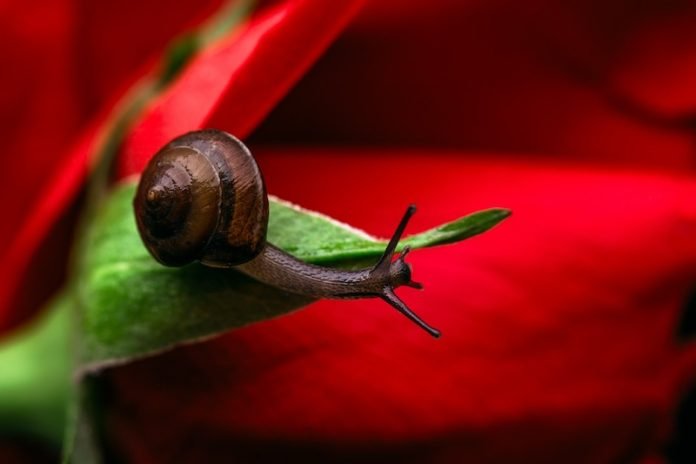
In the remote and lush forests of Papua New Guinea, a place brimming with life, scientists have made an exciting discovery: nine new species of carnivorous land snails.
These tiny creatures are so small that you could place all nine on a US nickel and still have room to spare.
This discovery shines a light on the biodiversity of one of the planet’s most incredible and untouched regions.
Papua New Guinea is a treasure trove of biodiversity. Despite covering less than 1% of the Earth’s surface, it is home to about 5% of the world’s species, including the largest unbroken rainforests in Australasia.
This richness in life is astounding and crucial for our understanding of biodiversity and conservation.
However, the discovery of these snails isn’t just about adding new names to the list of known species. It’s a stark reminder of the fragility of ecosystems.
Mollusks, particularly land snails, are among the most endangered groups, with more than half of all recorded extinctions since 1500 involving these creatures, many from Pacific islands just like Papua New Guinea.
The nine newly discovered snails, with their unique frisbee-shaped, tightly coiled shells, are a testament to the untouched beauty of Papua New Guinea’s forests.
These snails are not only remarkable for their size and shape but also for their diet. They are predators, armed with dagger-shaped teeth, although what exactly they prey on remains a mystery.
John Slapcinsky, the lead researcher and manager of the invertebrate zoology collection at the Florida Museum, emphasizes the importance of these findings.
His journeys into the heart of Papua New Guinea, trekking over steep mountains and navigating through dense forests, have unveiled a world of snails that many didn’t know existed.
With over 19,000 snails collected, it’s clear that there is still so much to learn about this region’s biodiversity.
Yet, these discoveries are more than scientific achievements; they’re a call to action. The forests where these snails reside are under threat from logging, and without protection, these new species could quickly become endangered.
The story of the snails in Papua New Guinea is different from the tragic tales of extinction in places like the Hawaiian Islands, where native snails are fighting for survival. In Papua New Guinea, there’s still hope to protect these habitats and the unique life they support.
Slapcinsky’s work is a reminder of the delicate balance in ecosystems and the need for conservation. Snails, with their limited mobility and specific habitat requirements, are particularly vulnerable to changes in their environment.
The loss of habitat, introduction of non-native predators, and other human activities pose significant threats.
The discovery of these nine new snail species is not just a scientific milestone; it’s a rare opportunity to glimpse into an ecosystem that remains largely intact and undisturbed.
It highlights the importance of conservation efforts and the need to protect these unique habitats before it’s too late.
With so much of the natural world still unknown, every discovery is a piece of the puzzle in understanding and preserving our planet’s incredible diversity.
The research findings can be found in the International Journal of Malacology.
Copyright © 2024 Knowridge Science Report. All rights reserved.



